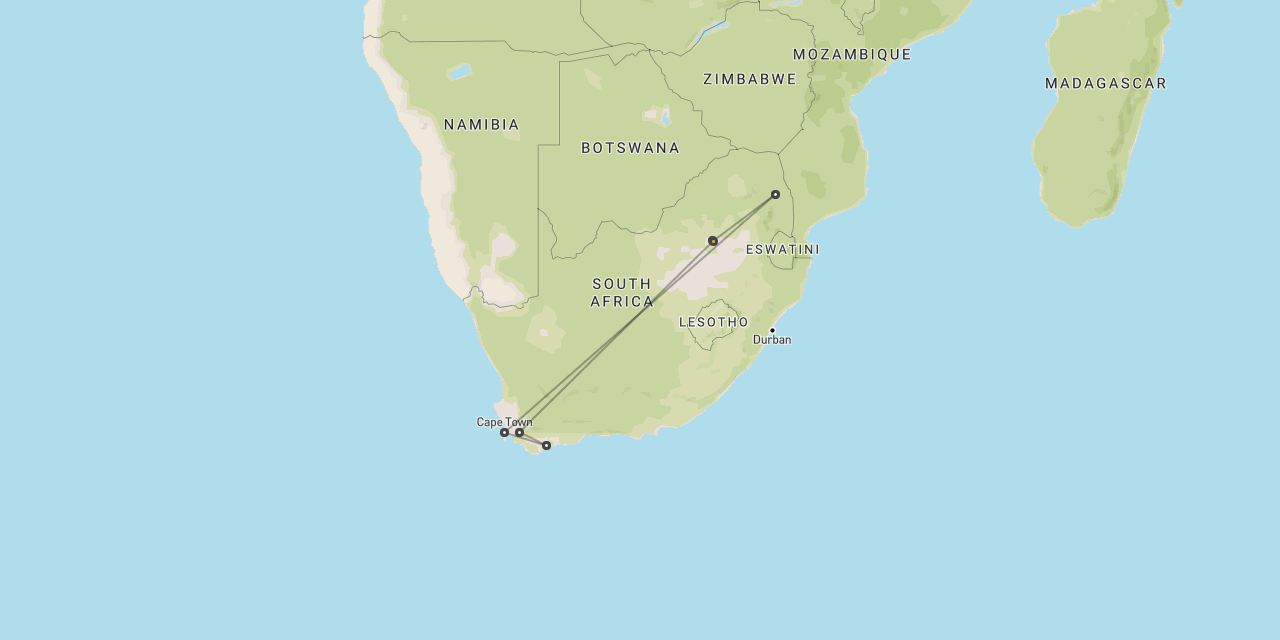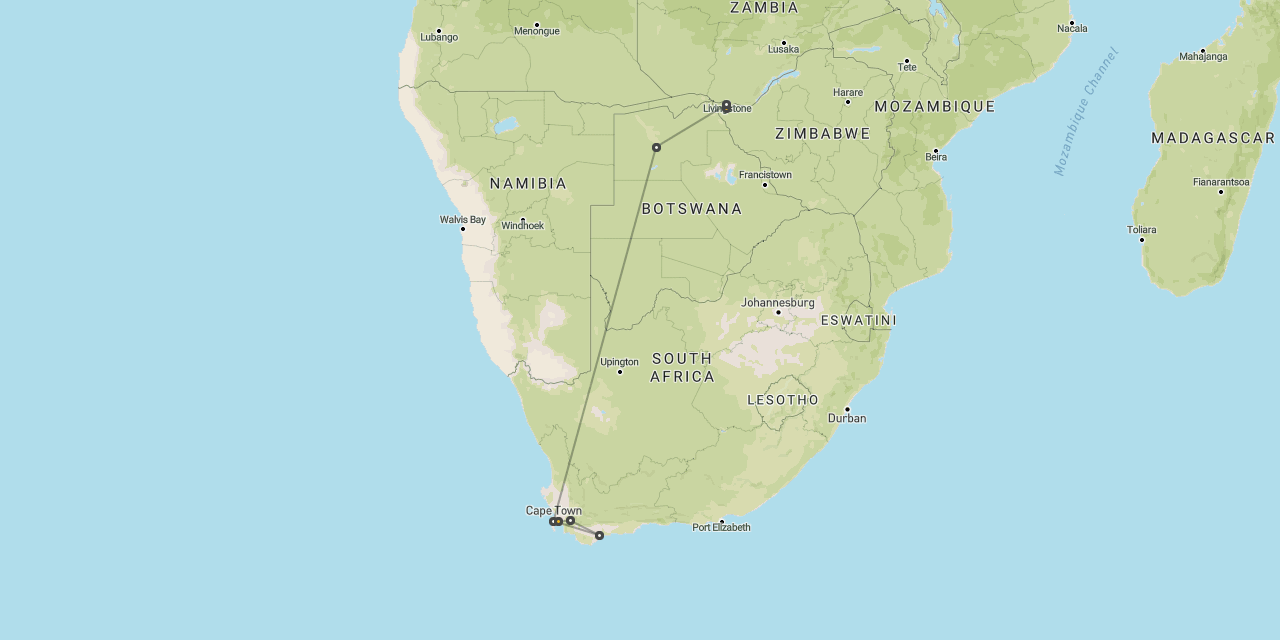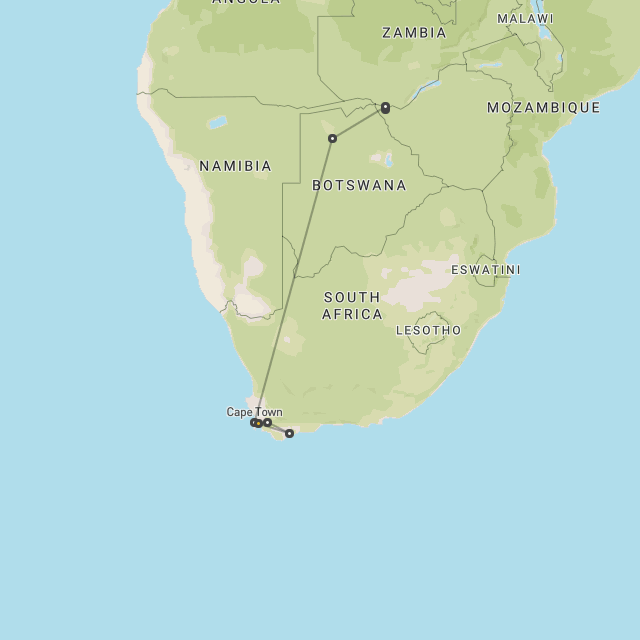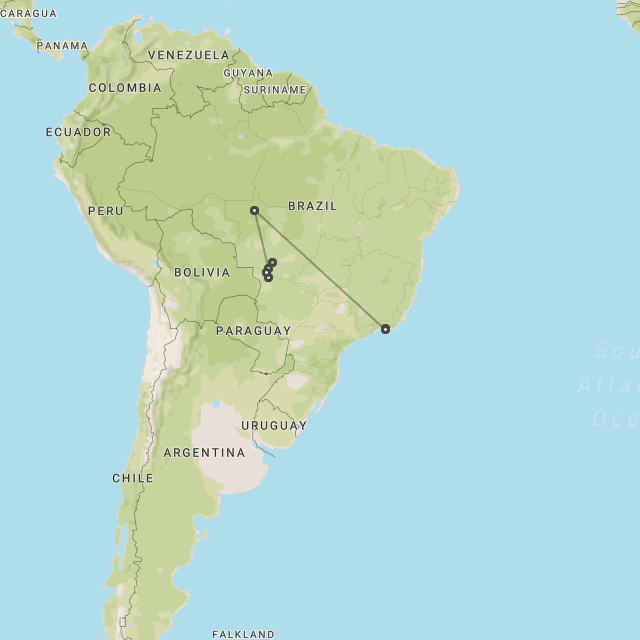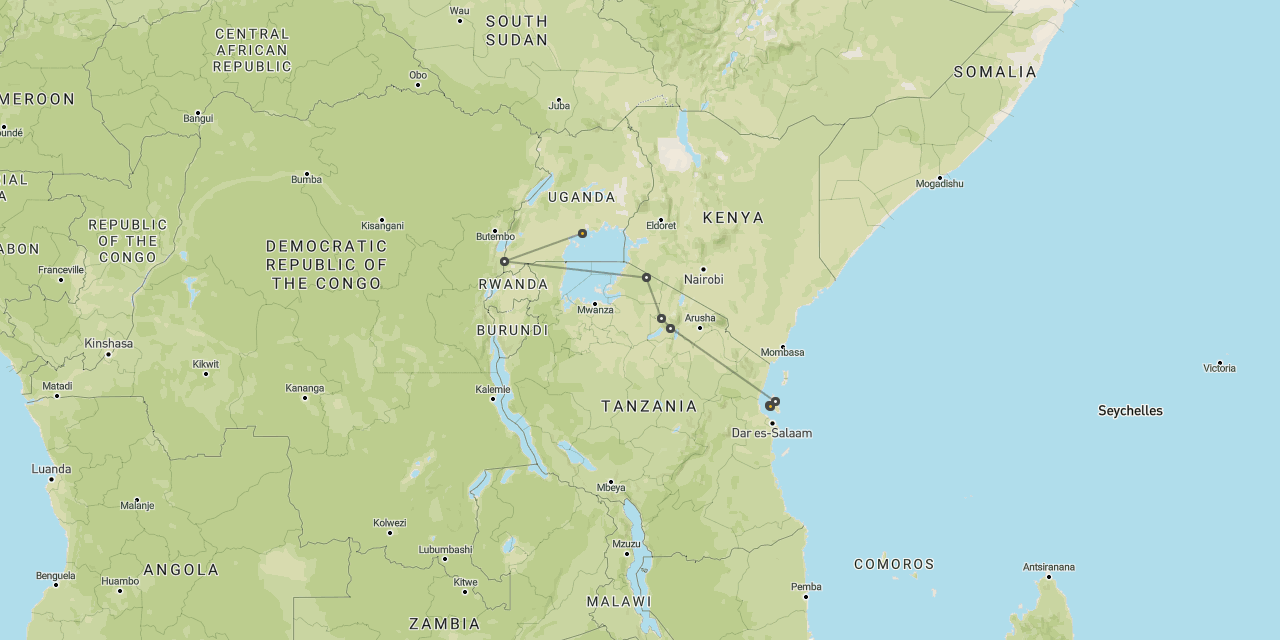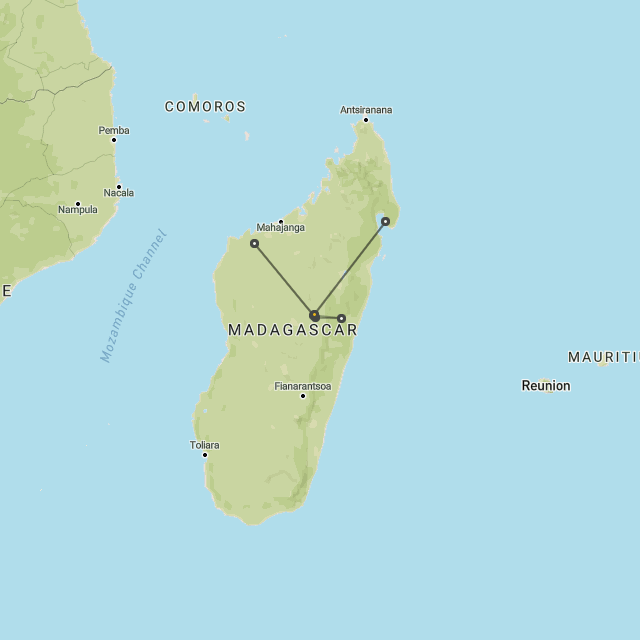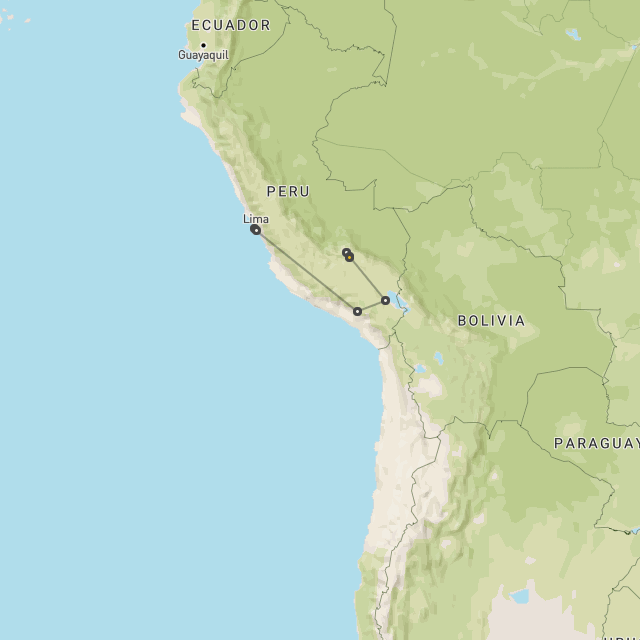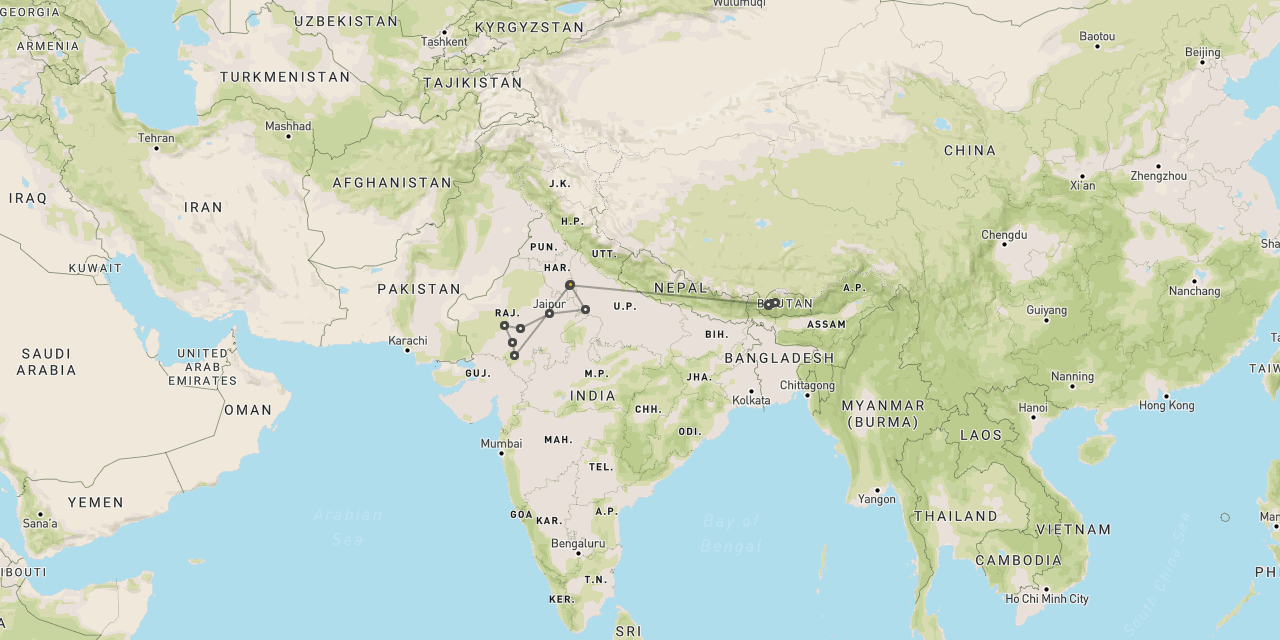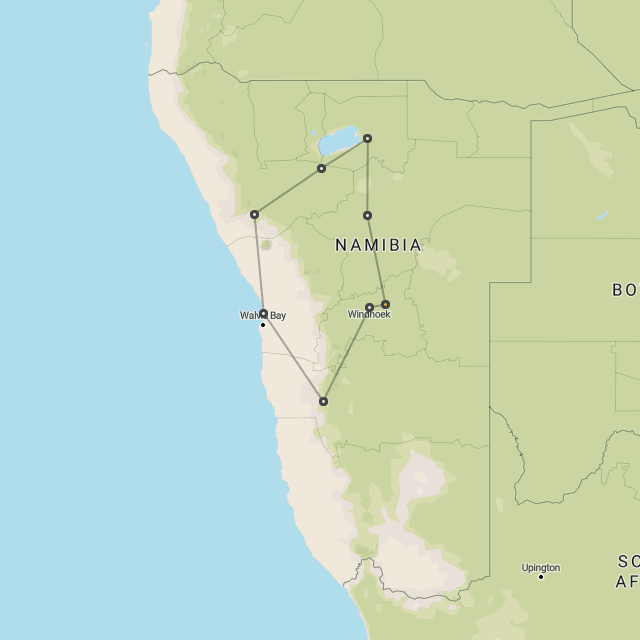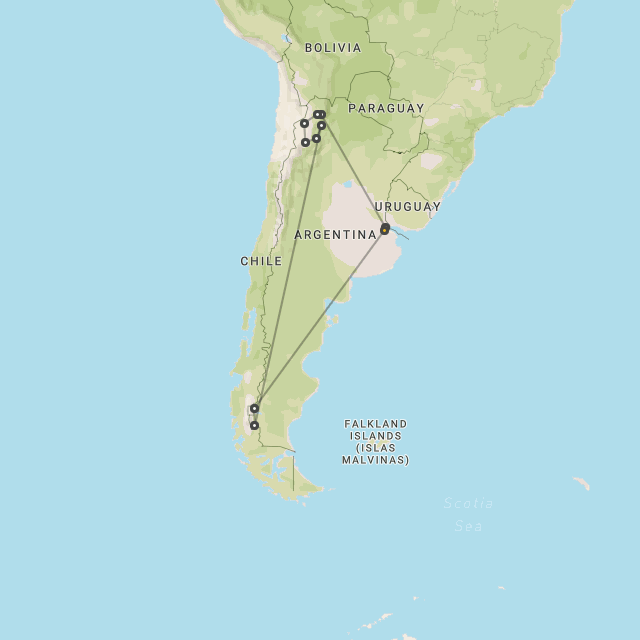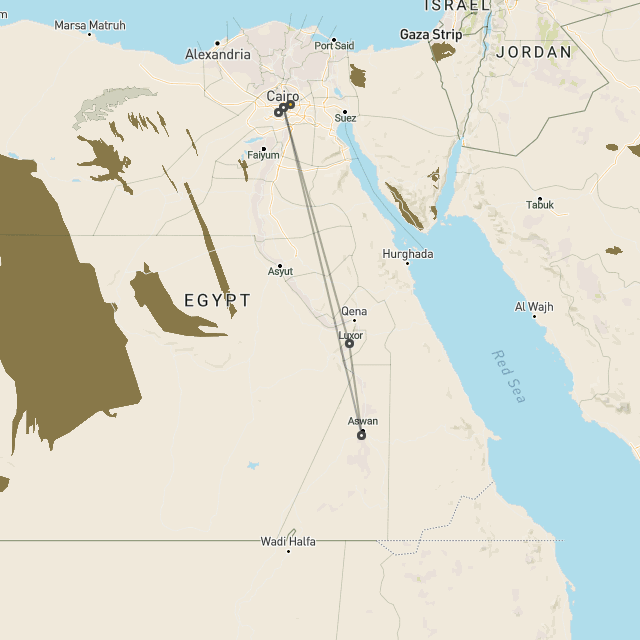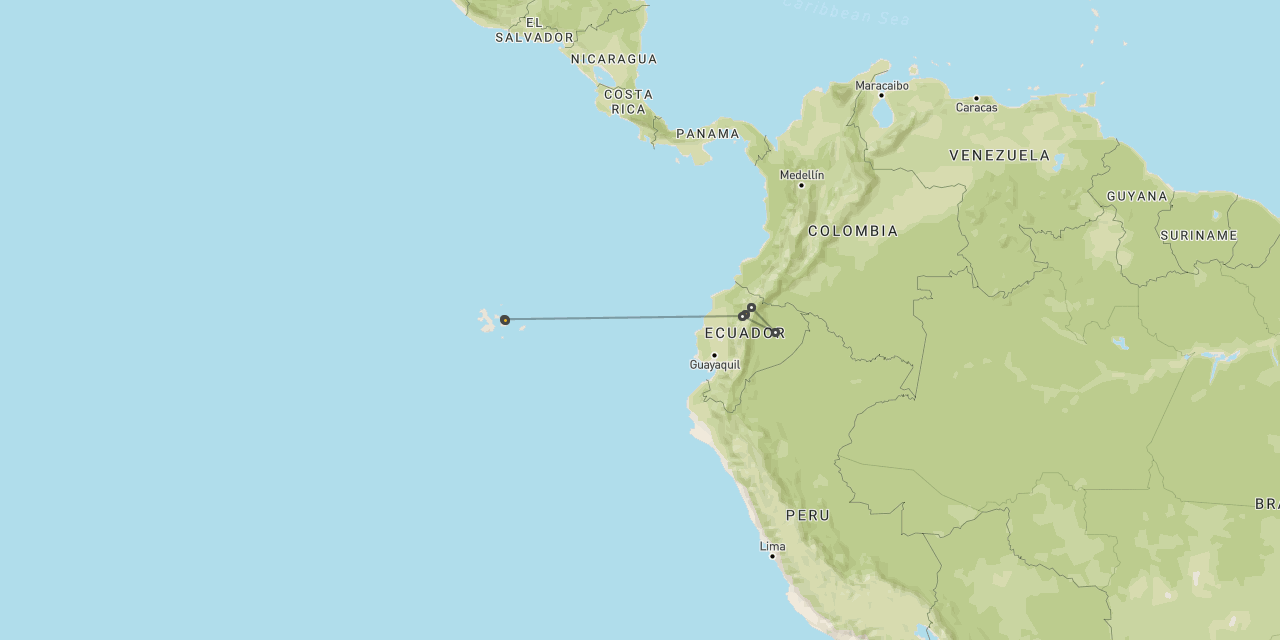- Africa
- Africa : 1 : Best countries for safari
- Africa : 2 : Best locations for safari
- Africa : 3 : The cost of safari
- Africa : 4 : Best time of year for safari
- Africa : 4a : Best locations in January
- Africa : 4b : Best locations in February
- Africa : 4c : Best locations in March
- Africa : 4d : Best locations in April
- Africa : 4e : Best locations in May
- Africa : 4f : Best locations in June
- Africa : 4g : Best locations in July
- Africa : 4h : Best locations in August
- Africa : 4i : Best locations in September
- Africa : 4j : Best locations in October
- Africa : 4k : Best locations in November
- Africa : 4l : Best locations in December

The best locations for safari in Africa in September
September
is the start of the main dry season,
a lovely peaceful period in most safari areas

arguably the best month of the year in Botswana
September is the fourth month of the dry season in Botswana, arguably the best month of the year and certainly a prime period for wildlife viewing.
By now, the landscapes will be starting to become very desiccated, with the vegetation having long since died back and the wildlife migrating daily in and out of permanent water sources, making for very strong and reliable wildlife viewing.
By now, the flood should have arrived into almost all of the wetland areas and will be subsiding from more westerly parts.
The night time temperatures are now much more comfortable than preceding months, so probably no more need for hot water bottles in bed.
Unfortunately, the prices in almost all lodges are at their highest. The lodges are likely to be fully booked, but that’s not a particular problem.
The Cape (Cape Town, Whale Coast, Cape Winelands) has a converse seasonality to the rest of sub-Saharan Africa. It is early spring at this time, which is not perfect, but still pleasant. There are also options to combine with tropical beaches.
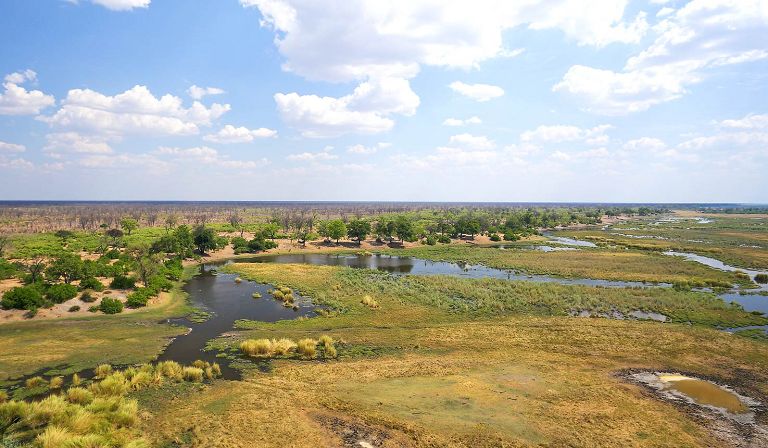
best to travel later in the month
September is generally considered to be a very good time to visit Tanzania.
The weather in Tanzania during September should be excellent in virtually all areas. The dry season should be in full flow, meaning there should be lots of sunshine, clear skies and very little rainfall. On the coast the tropical showers and onshore winds should be relatively light.
Temperatures should reach 25-30C/77-86F during the day, with low humidities inland, high humidities along the coast. Nights at higher elevations like Ngorongoro should no longer be too cold. The summit of Kilimanjaro should also not be so cold and snow is unlikely.
Safari in Tanzania in September should be excellent. Wildlife viewing in virtually all areas should be reaching its best as the long grasses should have died back and animals become settled around the permanent water sources.
It’s difficult to list all the safari highlights at this time of year, but in the Serengeti region alone one should look out for huge herds of elephant in Tarangire, the highest density of lions and cheetahs in Africa in Central Serengeti and migration river crossings in the Serengeti Mara area.
Conditions on Kilimanjaro should be very good.
Visitor traffic in September ranges from very high to high. The peak traffic of August spills over significantly into the early part of September, although rarely reaches the madness of the first two weeks of the previous month. For those first two weeks in September core areas such as the Ngorongoro Crater, Serengeti Central and Zanzibar will be busy and strategic planning will be needed to avoid the crowds. Getting availability in the best lodges can be a real issue and booking at least eight months ahead is advised, especially for groups of four or more guests.
Towards the end of the month numbers should start to fall away significantly and traffic becomes far less of an issue.
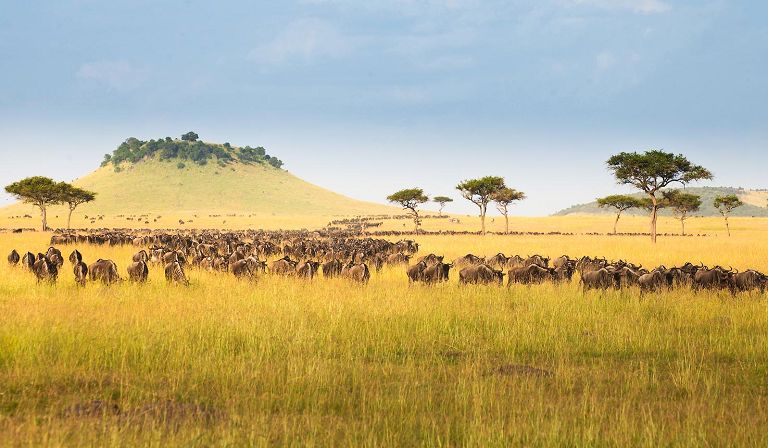
probably the best month for safari and Cape combinations
September is a good time of year in South Africa if you are looking for a compromise in weather conditions between the safari areas and the Cape, leaning more towards the former.
The Cape (Cape Town, Whale Coast, Cape Winelands) is in early spring at this time, with generally pleasant conditions and decreasing chances of storms.
The safari areas of South Africa (Kruger, Madikwe, Tswalu, Waterberg) are in the fifth month of the dry season, with good weather (starting to get a little warmer), receded foliage and wildlife spending a lot of time around the permanent waterholes.
Visitor traffic in September is just starting to increase in the Cape, but remains very high in the safari areas, making it necessary to deploy traffic avoidance techniques (such as sticking to private concession areas).
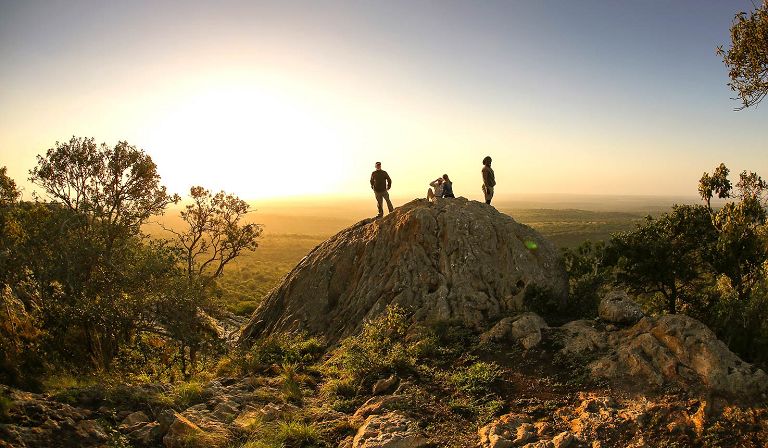
arguably the best month for safari in Zambia
By September, the dry season is reaching its peak in Zambia, with sunshine levels up around 10 hours per day, but with temperatures starting to climb towards less comfortable levels.
All of the key reserves remain fully open and all the little backtracks are passable.
The bush has long-ago turned yellow and the long grasses have dropped, providing better visibility. Life has become tough for the animals, which have been congregated around permanent water for some months now, obliged to walk further and further each day to find grazing. However, this does make for very productive wildlife viewing.
Visitor numbers are starting to drop from the peak in August, but lodges in more remote areas or quiet private concessions remain all the more attractive.
The Cape (Cape Town, Whale Coast, Cape Winelands) has a converse seasonality to the rest of sub-Saharan Africa. It is early spring at this time, which is not perfect, but still pleasant. There are also options to combine with tropical beaches.
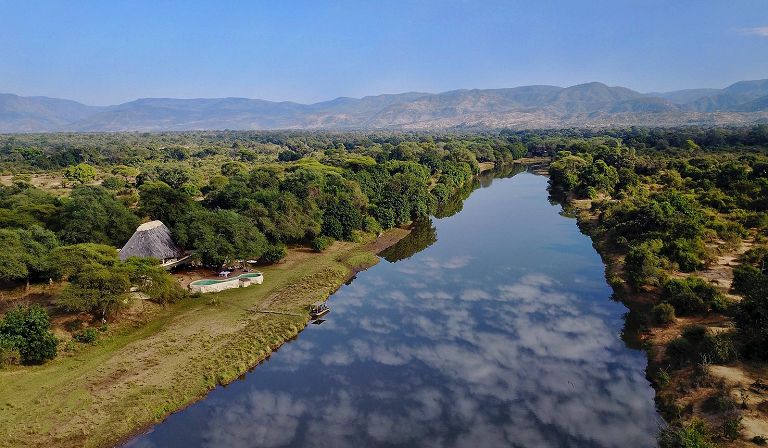
great conditions for safari, but a strong need to avoid the crowds
September is generally considered to be a very strong month to visit Kenya.
At this time, the whole of the country is enjoying dry and sunny conditions, with comfortable temperatures.
In the Maasai Mara, temperatures should be around 26C/79F, with rainfall down around 50mm/2″ for the month. The main migration herds should be spread out across the area, so river crossings are a major feature, with plenty of crocodile action. There should also be strong general wildlife viewing, with plenty of predator action.
In the northern areas of Laikipia, Samburu and Mathews Range, where conditions are generally more arid, temperatures should be comfortable, with very low chances of rain. Wildlife viewing should be very strong.
Conditions are also good down on the tropical coast, where temperatures should be around 30C/87F, with rainfall at a relatively low 50mm/2″ for the month.
Visitor numbers in September are very high in September, so traffic avoidance techniques should be applied, including the use of private concessions in the Maasai Mara and more remote lodges in other areas.
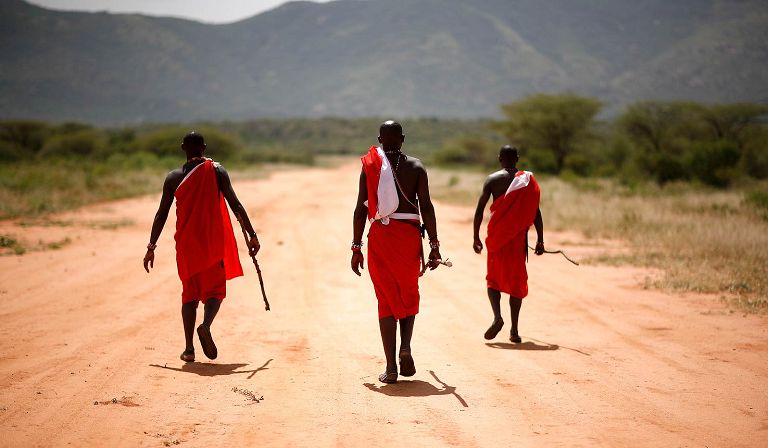
arguably the best month for safari in Zimbabwe
By September, the dry season is reaching its peak in Zimbabwe, with sunshine levels up around 10 hours per day, but with temperatures starting to climb towards less comfortable levels.
All of the key reserves remain fully open and all the little backtracks are passable.
The bush has long-ago turned yellow and the long grasses have dropped, providing better visibility. Life has become tough for the animals, which have been congregated around permanent water for some months now, obliged to walk further and further each day to find grazing. However, this does make for very productive wildlife viewing.
Visitor numbers are starting to drop from the peak in August, but lodges in more remote areas or quiet private concessions remain all the more attractive.
The Cape (Cape Town, Whale Coast, Cape Winelands) has a converse seasonality to the rest of sub-Saharan Africa. It is early spring at this time, which is not perfect, but still pleasant. There are also options to combine with tropical beaches.
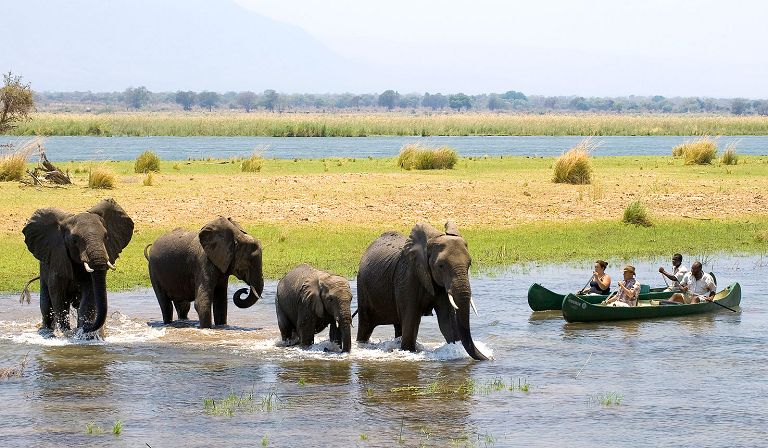
great conditions and gradually reducing visitor numbers
The Jun-Oct period covers the main winter dry season, the most popular time for visiting Namibia.
As the seasonal waterholes out in the surrounding hinterlands dry out, the animals become obliged to migrate in towards the permanent waterholes of the Etosha area, clustering together in the densities for which the reserve is renowned. This effect is also true of other wildlife areas like Damaraland North and Twyfelfontein.
Temperatures in Etosha during the later part of this season, Sep-Oct, should be warmer, at 32C/90F daytime and 16C/61F at night. It can get a great deal cooler at night out in the western deserts.
Visitor traffic is often heavy through this period, with the main peak for international visitors Jul-Sep. The tonality definitely recovers through September. Traffic avoidance techniques (like staying on private reserves and visiting more remote areas) should still be deployed.
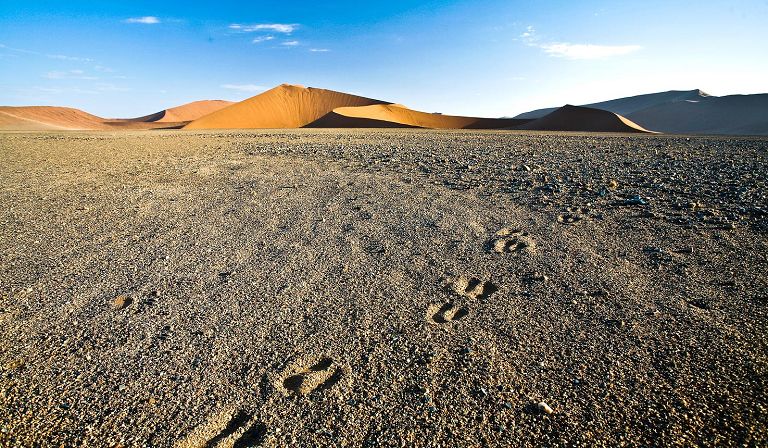
increasing rainfall, but decreasing visitor numbers
September is generally considered to be an unpredictable month in which to visit Rwanda.
In the Virunga Mountains area, the temperatures are stable at around 25C (77F), but the rainfall increases significantly to 125mm (5”) for the month.
If the rains do materialise, the safari and trekking conditions are likely to be much more challenging, as the tracks and trails become slippery and impassable.
By September, the long grasses in Akagera should remain died back, making for more productive wildlife viewing, but the backtracks may start to become muddy and impassable.
Visitor traffic tends to remain relatively high at this time, so it’s still best to book well in advance in order to ensure gorilla permits and rooms at the best lodges.
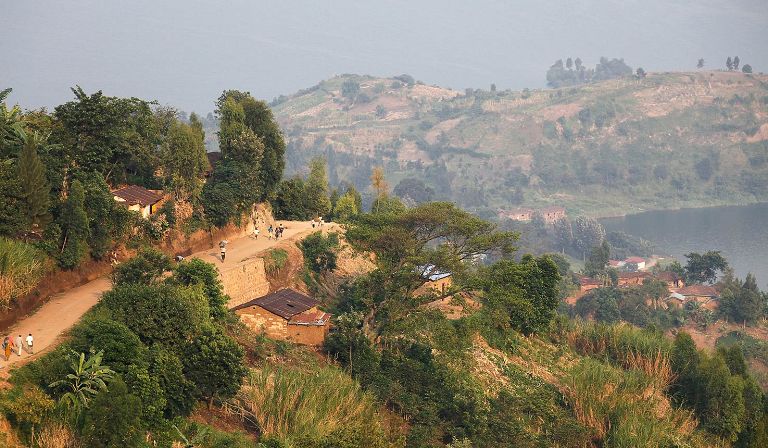
a strong month, but still busy in some areas
September is considered to be an excellent time to visit Madagascar.
In the Andasibe area of the Central Highlands, September is the fourth month of the cool dry season. Temperatures have dropped to a pleasant 16C (62F). Rainfall is still up at 75mm (3”) for the month, but that is considered low by local standards.
Up in Nosy Be, in the tropical northwest, the always high temperatures are up around 32C (90F), with rainfall around 25mm (1”) for the month.
Down in Tulear, in the arid southwest, temperatures are down around 30C (86F), with rainfall at 10mm (0.5”) for the month. Much lower humidities make these temperatures feel much more comfortable.
September is the final month of the whale season, with humpbacks and southern rights migrating through the channels.
Visitor traffic in September starts very high and only drops a little through the month, so traffic avoidance measures should be deployed (mainly choosing more remote lodges and avoiding renowned hotspots).
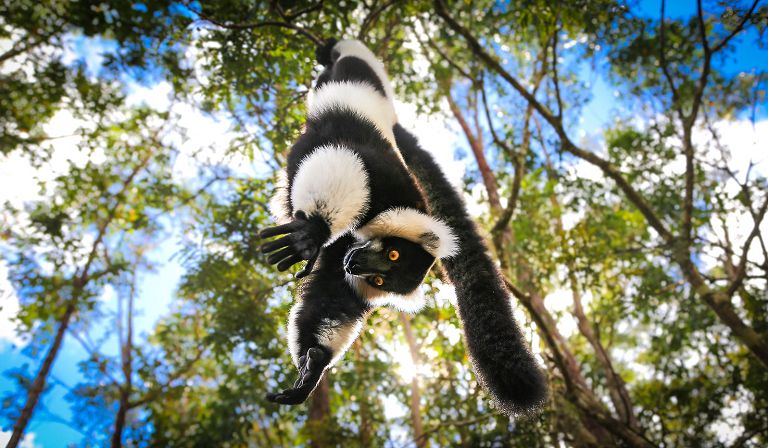
arguably the best month for safari in Malawi
By September, the dry season is reaching its peak in Malawi, with sunshine levels up around 10 hours per day, but with temperatures starting to climb towards less comfortable levels.
All of the key reserves remain fully open and all the little backtracks are passable.
The bush has long-ago turned yellow and the long grasses have dropped, providing better visibility. Life has become tough for the animals, which have been congregated around permanent water for some months now, obliged to walk further and further each day to find grazing. However, this does make for very productive wildlife viewing.
Visitor numbers are starting to drop from the peak in August, although this is less of an issue in Malawi than in other more popular countries.
The Cape (Cape Town, Whale Coast, Cape Winelands) has a converse seasonality to the rest of sub-Saharan Africa. It is early spring at this time, which is not perfect, but still pleasant. There are also options to combine with tropical beaches.
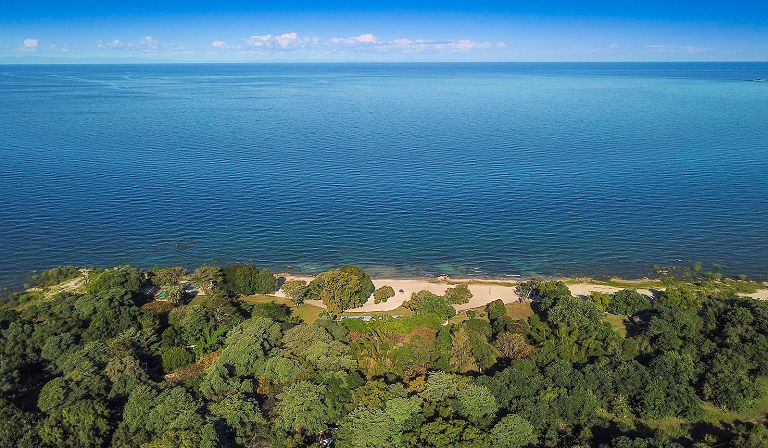
very strong for safari and beach combinations
September is generally considered to be a good time to visit Mozambique.
This is the fifth month of the dry season, with the precipitation forecast remaining down at 25mm (1”) for the month.
Temperatures are just starting to turn upwards, at around 27C (81F), but should still feel quite comfortable, as the humidities remain relatively low.
September is the final month of the whale season, with humpbacks and southern rights migrating through the channels.
Visitor numbers are still high, in parallel with the main safari season, making it necessary to deploy traffic avoidance techniques (primarily choosing more remote lodges).
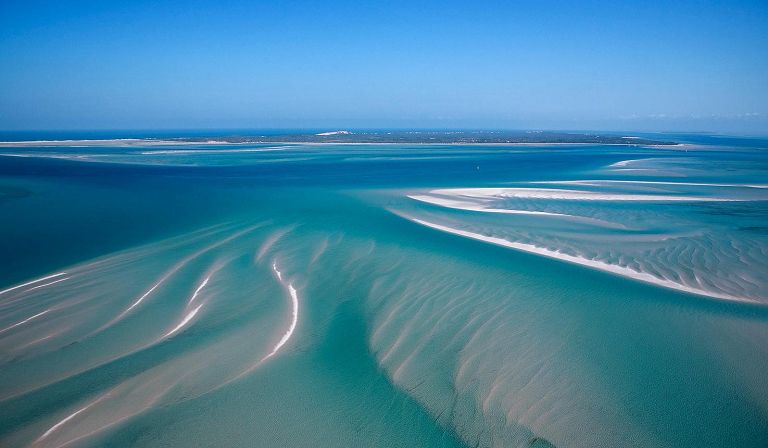
a very pleasant and slightly less busy month
September is the fourth month of the cool dry season and is generally considered to be a great time to visit Mauritius.
The daytime temperatures at this time drop to a relatively comfortable 25C (76F). However the constantly high humidities can make it feel a good deal warmer, especially at night, so air-conditioning is widely used.
Rainfall is relatively low, but is still up at a significant 50mm (2”) for the month. There tends to be much higher rainfall in central and southeast areas.
September is still the high season in Mauritius, so you need to book early to get accommodation in the best resorts. Prices are at their highest.
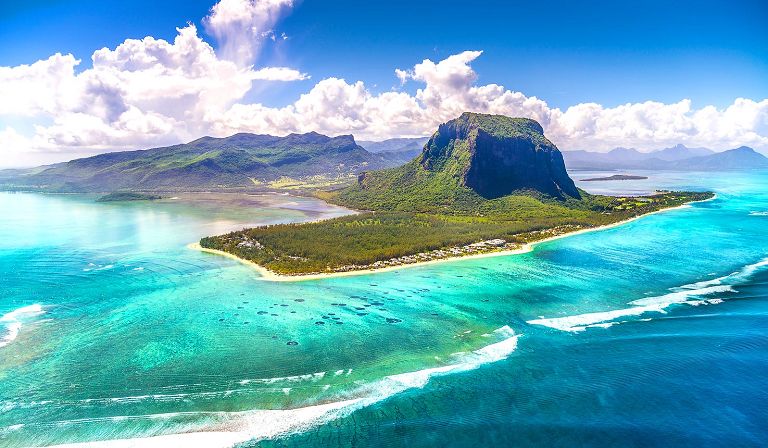
a popular month, with good weather
September is the fifth month of the cool dry season and is generally considered to be a good time to visit Seychelles.
The daytime temperatures are still up at 29C (84F) and the constantly high humidities can make it feel a good deal warmer, especially at night, so air-conditioning is widely used.
Rainfall is on the increase, up to around 150mm (6”) for the month.
Water conditions can be a little choppy and seaweed can be washed up on south-facing beaches, notably on Mahé and Praslin islands.
September is the latter part of the main high season in Seychelles, so booking far ahead is likely to be very important. Traffic avoidance techniques should be deployed, most notably staying out on the private islands.
Prices are at their highest.
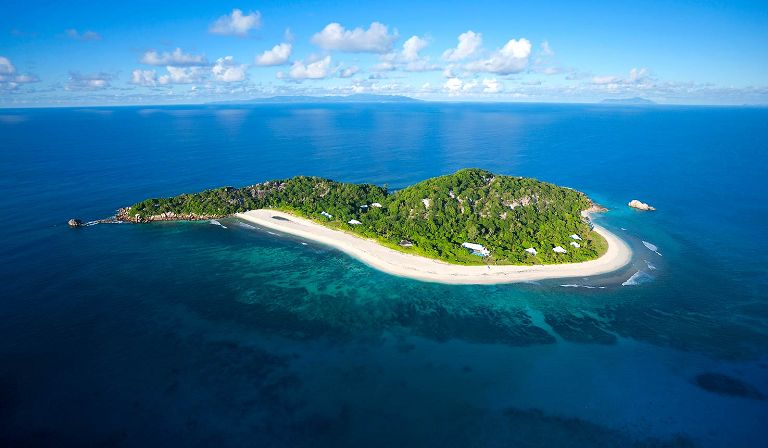
great weather and getting less busy
September is considered to be a very good time of year to visit Sao Tome and Principe.
Temperatures are marginally lower at this time, at around 28C (82F).
Most significantly, September is the fourth and final month of the short dry season, with the usually very high rainfall increasing slightly to 50mm (2”) over the month.
The turtle nesting season is getting underway.
Visitor traffic is likely to be high through this main season.
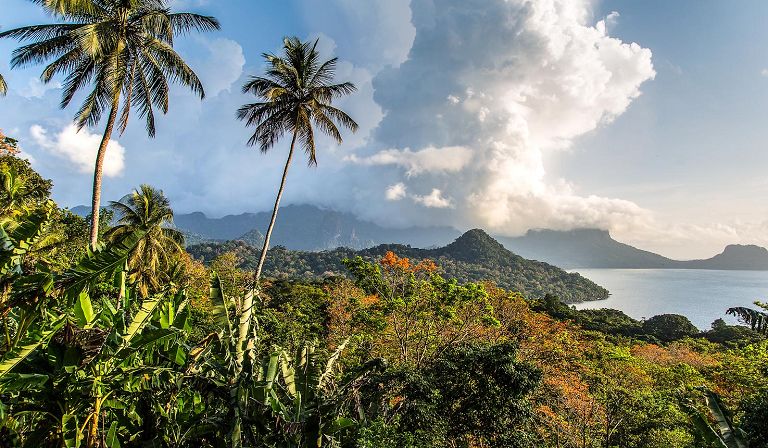
Further reading
- Safari in Africa
- The best countries for safari in Africa
- The best locations for safari in Africa
- The cost of safari in Africa
- The best time of year to go on safari in Africa
- The best locations for safari in Africa in January
- The best locations for safari in Africa in February
- The best locations for safari in Africa in March
- The best locations for safari in Africa in April
- The best locations for safari in Africa in May
- The best locations for safari in Africa in June
- The best locations for safari in Africa in July
- The best locations for safari in Africa in August
- The best locations for safari in Africa in October
- The best locations for safari in Africa in November
- The best locations for safari in Africa in December
- Why to choose us to help with your safari
let us know your thoughts about Africa
and we will make sure to deliver the perfect trip

Extraordinary tailor-made adventures,
from earthy and edgy to easy and extravagant
From around USD 2500 per person, you set the ceiling
Sample Trips
Here are some of our popular trip shapes

Get started on your trip
It’s never too soon to get in touch, we are here to help with every stage of your planning.
